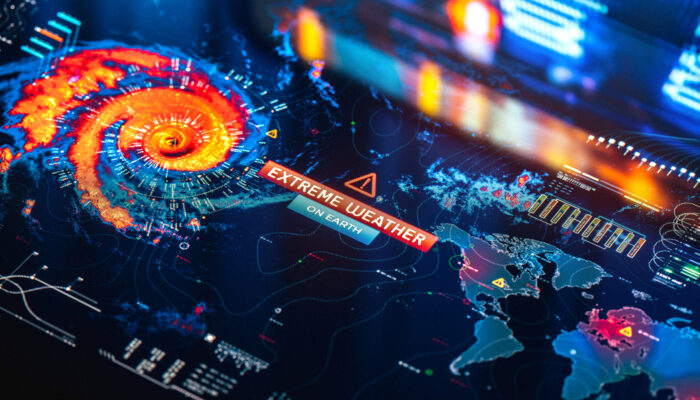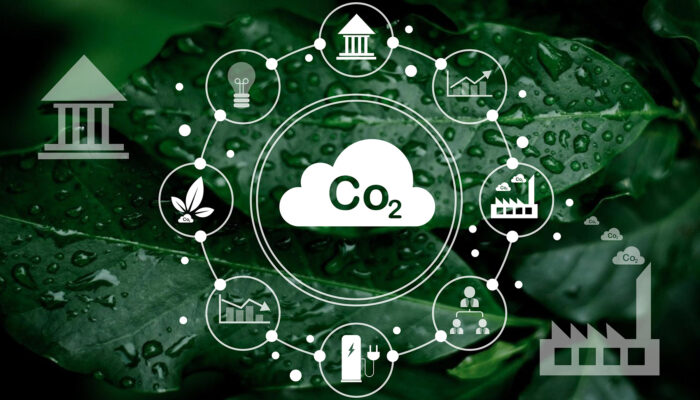The belief that batteries are a core enabler of transitioning to a cleaner and more energy-efficient future seems almost ubiquitous. But the reality is somewhat more complicated and perhaps a little more sobering than many would like to think. It’s true that lithium-ion batteries and other battery technologies will undoubtedly play a role in building the greener economies of tomorrow, but we cannot ignore their limitations if we’re serious about decarbonisation, sustainability and meeting ambitious environmental targets.
We’ll need more efficient, scalable ways to store power, especially as more renewable energy sources are added to the grid, so that batteries can be reserved for where they are most effective e.g. mobility or residential level storage. Thermo-fluid-based solutions may just hold the key for grid-scale storage.
The “current” problem and other limitations
Today, electrical grids everywhere, and all power generation, including grid-scale renewables like wind, hydro, biomass/biogas, tidal, and low carbon (nuclear), run on alternating current (AC) except for solar PV. With the exception of interconnectors and few other limited applications, high and low voltage grids around the world are built on the basis of AC transmission, and hence there is a 5-20% loss in “round trip” efficiency from using (direct current) batteries for storage.
Beyond the wastage caused by this conversion process, batteries lack the longevity of other storage technologies. As more renewable-power capacity is added to the grid in the coming years, this will become a more significant issue and a major inhibitor of our ability to transition to a clean energy economy.
The problem is that grid-scale renewables like wind turbines and solar are intermittent as sometimes there’s more wind or sun than expected. During times of lower demand, excess energy that is currently wasted (e.g. wind curtailment which regularly occurs in the UK) could instead be stored until it’s needed e.g. during peak demand in the evening rather than using traditional gas fired peaking power plants.
However, grid batteries currently on the market are basically massive versions of the lithium-ion batteries found in mobile phones. In addition to the limitations of batteries in terms of storage longevity, grid-scale batteries are still incredibly costly to build. Battery materials are expensive and subject to fluctuations in commodities prices and can be dirty to extract the raw metals.
A new energy storage revolution driven by wind, water heat and air
According to a report by KPMG, enough electricity to supply more than one million UK homes was wasted due to a lack of storage in 2020. Multiply that out across the globe, and you can start to see the size of the issue at hand. And this energy wastage problem is set to intensify in the coming years as more renewables are added to the grid and the need to store those renewables for more extended periods increases.
Given these realities, developing and deploying alternative grid-scale energy storage solutions capable of handling increased usage and the addition of renewable energy sources to the grid is more critical than ever.
Thermofluid-based solutions
Thermofluid-based grid-scale storage systems use heat transfer, thermodynamics, fluid mechanics and combustion through various processes for more efficient and cleaner energy storage. They can be built with conventional materials like steel alloys and integrate with almost all energy generation applications. They can store energy more sustainably, including from renewable sources, and meet growing energy usage demands which are expected to increase by 50% by 2050. Numerous projects are currently in various stages of implementation and planning, with many beginning to show much promise.
With the help of a £10m grant from the UK government, Highview and several other firms recently began working on a system to store energy in the form of liquid air at a UK plant. The system uses surplus electricity from wind farms at night to compress air and transform it into liquid form by cooling it down and storing it in insulated containers. At times of peak energy demand, the liquid air is rewarmed to expand. The subsequent rush of air drives a turbine to make electricity, which can be sold back to the grid. The main advantage of utilising liquid air is the low cost of storage tanks and the ease of scaling up. Furthermore, unlike batteries, liquid air storage does not require minerals that are dirty to extract and will likely become increasingly scarce.
Also, in the UK, a team of engineers from RheEnergise recently developed an innovative system called High-Density Hydro that adapts hydropower to store and release electricity from small hills rather than mountains or dam walls. Instead of using water, the company developed a high-density, non-toxic additive that can be used in closed loop pumped storage systems.
Hence its RheEnergise system can generate 2.5 times the power (and 2.5 times the energy) compared to traditional pumped storage systems. With superior energy efficiency, reduced environmental impacts, and lower costs, the High-Density Hydro system paves the way for thousands of hillsides across the UK to potentially store and provide energy to the UK’s energy system, vastly expanding the footprint of pumped storage. The company is currently on track to operate its first commercial system by 2024.
Dutch startup, Ocean Grazer, is another standout in this space. The company has developed the Ocean Battery, which stores energy below offshore wind farms. When there is excess electricity, the system pumps water from an underground reservoir into flexible tubes on the seabed. When released, the pressurised water in those tubes flows rapidly through turbines to generate electricity as required. The Ocean Battery is significantly more cost-effective to build than traditional large-scale offshore lithium-ion battery systems that require massive platforms built from sea containers. The Ocean Battery can also last for up to one million charging cycles compared to 5,000 to 10,000 for lithium-ion batteries.
In Israel, a country that has long been at the forefront of renewable energy technologies, a host of companies are working on solutions for energy storage using everything from ice, compressed air, and water to crushed rocks and metals.
Nostromo Energy is commercialising the world’s most advanced cold-energy storage system for commercial and industrial buildings that carry large electricity demands for air conditioning and cooling. With air conditioning accounting for up to 45% of peak demand, the Nostromo IceBrick enables highly efficient energy storage during off-peak or surplus solar hours and can also be used for cooling during peak hours. The system provides a cleaner and more efficient alternative to lithium-ion based storage and can be easily deployed at scale. Nostromo currently has R&D projects with leading companies such as Royal Dutch Shell and the Israeli Electric Company. In April last year, it announced a 20-year agreement with the Hilton Beverly Hills hotel to install a 1.5 MWh system.
Another exciting company out of Israel is the thermal energy company Brenmiller Energy. The company has developed a patented, continuous thermal energy storage battery that uses crushed rocks. The solution takes excess heat or electricity from the grid at off-peak hours, captures it using embedded electrical heaters, stores it in storage units, and produces energy from the heat storage as required. Last year, the European Investment Bank (EIB) and Brenmiller signed a €7.5 million financing agreement to help fund the company’s construction of the first large-scale factory for its bGen storage unit. The loan will enable the company to commercialise its third-generation heat storage and steam generator system throughout Europe, North America, and Africa.
The race is on
We’ve had our finger on the pulse of developments in the renewable energy sector for many years now. We’ve built up the credentials in the battery and power EV space to understand their benefits and limitations – having been involved in numerous deals and advisory roles from *Pod Point, *Lumilog, *Norstel, to Faradion and Qinous.
From our viewpoint, batteries are an exciting and impactful technology that undoubtedly have a significant role to play as we transition to a cleaner economy. But they have limitations, especially regarding energy storage, which means these technologies can only take us so far. There is also a global rush for them, so they should be conserved for applications like mobility, where they can have the most significant impact.
Ultimately, transitioning towards a cheaper, cleaner, and more secure renewable energy future requires renewable sources of energy and efficient ways to store that energy. It’s, therefore, imperative that we now drive forward grid-scale energy storage technologies that enable us to drive down costs and gain the full benefit of our renewable energy sources.
Read more about us.










